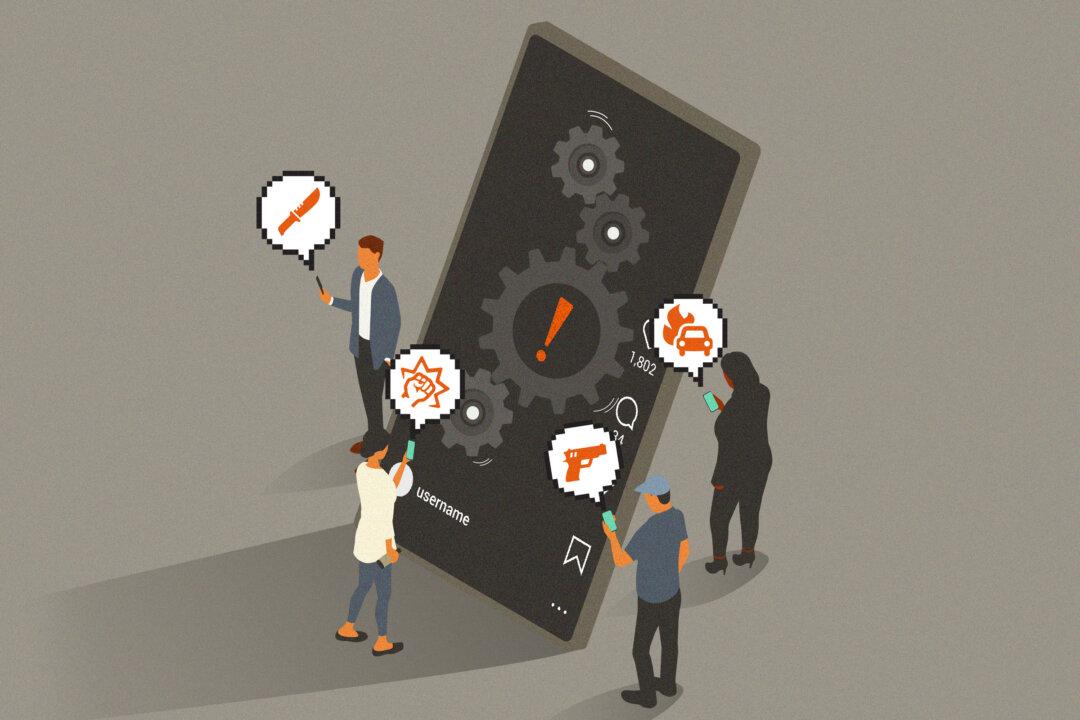While President Joe Biden has met his school reopening goal almost a month ahead of schedule, data indicate his policies did nothing to accelerate a reopening trend that was already underway when he took office.
An effort to reopen the majority of schools within his first 100 days was among Biden’s core promises prior to taking office. When he finally put forward the specifics in mid-February, he said it meant having “close to” the majority of K–8 grades opened for in-person instruction five days a week by the end of April.





